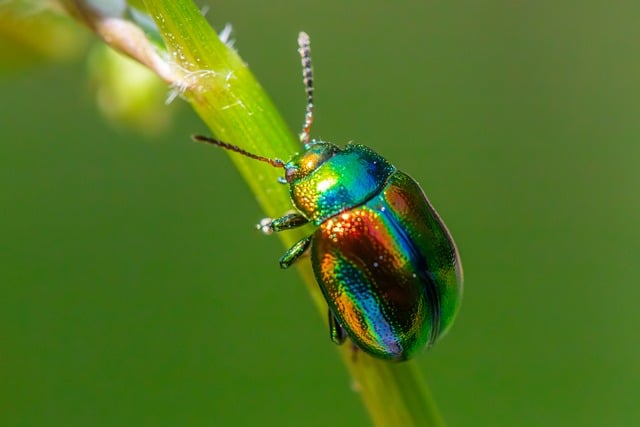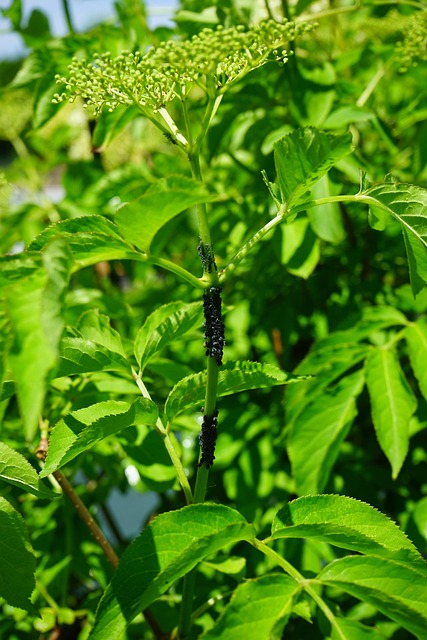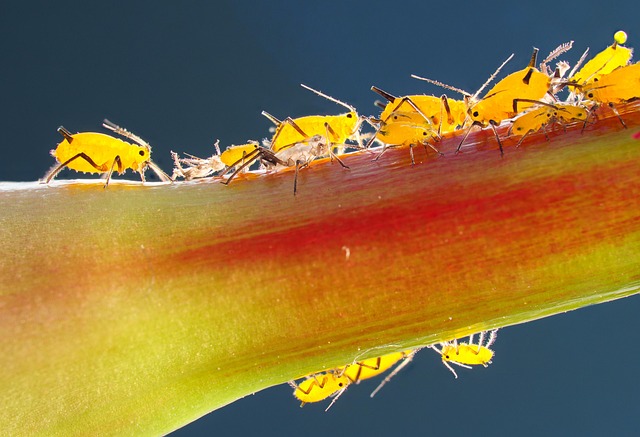Flea and tick infestations in Highlands Ranch cattle pastures pose significant health risks to livestock, prompting a need for cost-effective pest control. The ideal strategy involves a multi-pronged approach: regular monitoring, early intervention, disrupting the parasites' lifecycle with targeted pesticides and natural repellents (like lavender, rosemary, and citronella), proper pasture management through rotational grazing and debris removal, good hygiene practices, and introducing natural predators. This holistic method aims to protect herds year-round without breaking the bank or harming the environment.
In the vibrant landscape of Highlands Ranch, Colorado, cattle farms face unique challenges from fleas and ticks. These external parasites can cause significant discomfort and health issues for livestock, impacting productivity and profitability. Understanding their lifecycle and behaviors is crucial for implementing effective, cost-effective pest control strategies tailored to local conditions in Highlands Ranch cattle pastures. This article provides comprehensive insights into preventive measures, long-term solutions, and affordable tactics to safeguard your cattle.
- Understanding Flea and Tick Infestations in Cattle Pastures
- Cost-Effective Pest Control Strategies for the Highlands Ranch Area
- Preventive Measures and Long-Term Solutions for Fleas and Ticks
Understanding Flea and Tick Infestations in Cattle Pastures

Flea and tick infestations are common issues in cattle pastures, posing significant challenges to livestock health and productivity. These external parasites can cause discomfort, stress, and even severe anemia in affected animals. Understanding the lifecycle of fleas and ticks is crucial for implementing effective cost-effective pest control measures in Highlands Ranch.
Cattle pastures often serve as breeding grounds for these pests due to their preferred habitat—warm, moist environments with plenty of host animals. Regular monitoring and early intervention are key strategies for managing infestations. Cost-effective solutions focus on preventing adult fleas and ticks from feeding on livestock, disrupting their lifecycle, and reducing the risk of disease transmission. This involves a combination of strategies such as applying targeted pesticides during peak pest activity, using natural repellents, ensuring proper pasture management, and maintaining good hygiene practices to minimize the impact of these pesky parasites.
Cost-Effective Pest Control Strategies for the Highlands Ranch Area

In the scenic Highlands Ranch area, managing fleas and ticks in cattle pastures doesn’t have to break the bank. Cost-effective pest control strategies are readily available for farmers and landowners looking to protect their herds from these pesky parasites. One such method is rotational grazing, where animals are moved frequently between pastures. This practice disrupts the life cycles of fleas and ticks, reducing their population over time. By maintaining a clean environment and regularly removing any dead vegetation or debris, you can create a less hospitable habitat for these pests.
Additionally, integrating natural predators like birds and certain insects into your pasture ecosystem can help keep flea and tick numbers in check. Using plant-based repellents and essential oils is another cost-effective solution. Common aromatic plants like lavender, rosemary, and citronella have been shown to repel fleas and ticks naturally. Applying these substances directly to livestock or strategically placing them around pastures can offer significant protection without the high costs associated with chemical treatments.
Preventive Measures and Long-Term Solutions for Fleas and Ticks

In the quest for effective flea and tick defense, particularly in cattle pastures like those found in Highlands Ranch, preventive measures play a pivotal role. This includes regular grooming and checking of livestock to detect any signs of infestation early on. Additionally, maintaining a clean environment by promptly removing organic debris and ensuring proper drainage can significantly reduce these pests’ breeding grounds. Implementing a year-round prevention strategy is crucial for long-term success; this involves applying approved pest control products according to label instructions, especially during peak seasons when fleas and ticks are most active.
Long-term solutions demand a holistic approach that integrates various practices. Rotating grazing pastures, using resistant livestock breeds where possible, and employing natural predators like birds and bats can contribute to a more sustainable ecosystem. Moreover, cost-effective pest control methods tailored for cattle pastures should focus on environmentally friendly options that minimize the impact on non-target species and local ecosystems while effectively managing flea and tick populations.
In conclusion, implementing a comprehensive flea and tick defense strategy is essential for maintaining healthy cattle herds in the Highlands Ranch area. By combining understanding infestations with cost-effective, preventive measures, ranchers can protect their livestock from these pesky parasites. Adopting long-term solutions not only ensures the well-being of animals but also promotes sustainable pest control practices in local cattle pastures.
